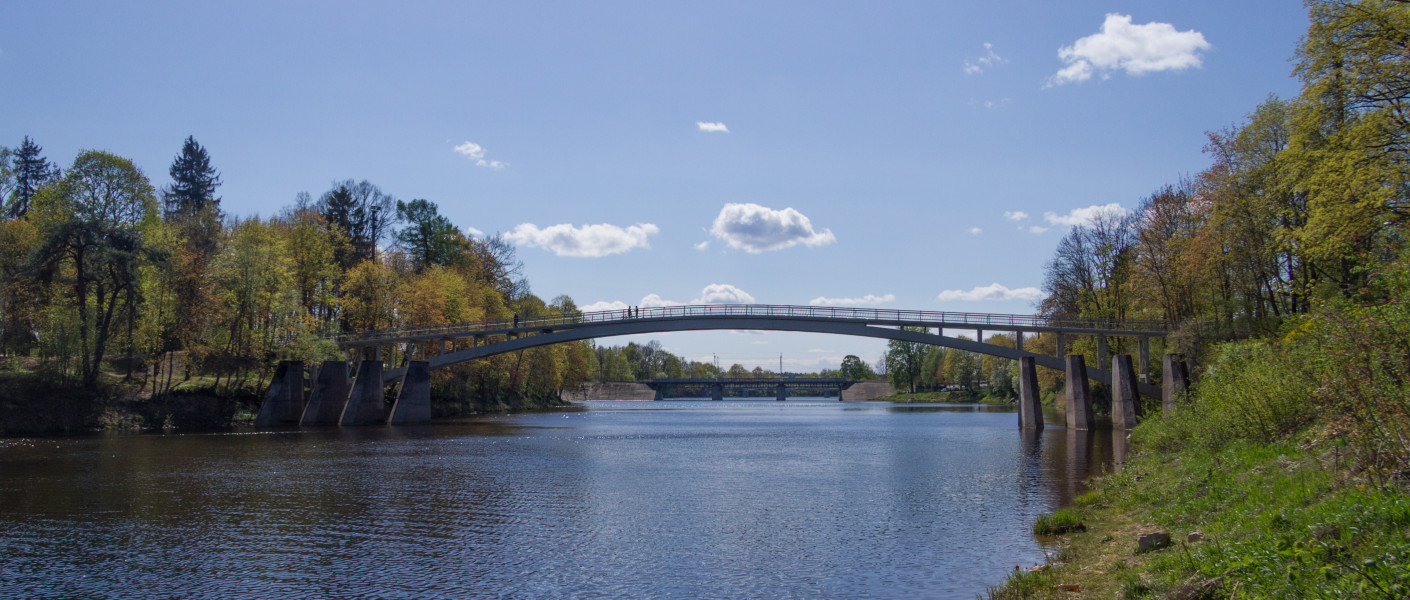UPDATE: after noticing that actually some people read my articles, I’ve decided to update and extend ones of interest, this one has been the most popular.
I have mentioned in my previous posts of an beast called Dual ISO, but never really explained what is, its benefits and cons, and how to deal with it.
It is a nice feature in ML hack – in essence it gives you a picture that contains exposure in two different ISO. How it can be? Simply because the sensor is not set to particular ISO, it’s read with a certain gain to achieve the desired ISO, and then converted in ADC to actual pixel brightness values (I simplified, but in essence it is like that). ML then have every other line read in different ISOs, back and forth. And here the trouble starts – you lose vertical resolution – because when you combine those lines they are considered as HDR pair and saved into a DNG raw file. There are more problems but on that later, below.

It shows here the corresponding ISOs you would be shooting at and the dynamic range you would gain. It is like regular HDR, but using ISO and in one picture so you can shoot moving objects to.
![Dual ISO [Q]](http://ansius.lv/wp-content/uploads/2014/05/Dual-ISO-Q.png)
Recovery ISO: you can either set it to constant ISO or have it be relative to your set ISO.
Now the workflow – dudes from ML have made our simple folk lives much easier – there are tools for this. First one you will need is cr2hdr which be doing the magical part and making a dng file containing combination form both exposures. Sounds simple – well it is not, because the tool is command line one, and simple folk don’t know how to use it. But there is GUI wrapper for it called BarracudaGUI and that provides you with a simple usable interface for doing the first step in Dual ISO pictures.
However there are tradeoffs using Dual ISO:
- you lose vertical resolution
- you have a chance of moiré artifacts
- there are problems when you use them for time lapse with deflicker module. Renaming dng files back to cr2, works for Camera Raw but you have to export them to TIFF for the correction to work in AfterEffects.
For some extra reading go here:
Dual ISO – massive dynamic range improvement (dual_iso.mo)
Guide to using Dual ISO Mode on your Canon 5D Mark III
Dynamic range improvement for some* Canon dSLRs by alternating ISO during sensor readout by a1ex (one who made it possible)



